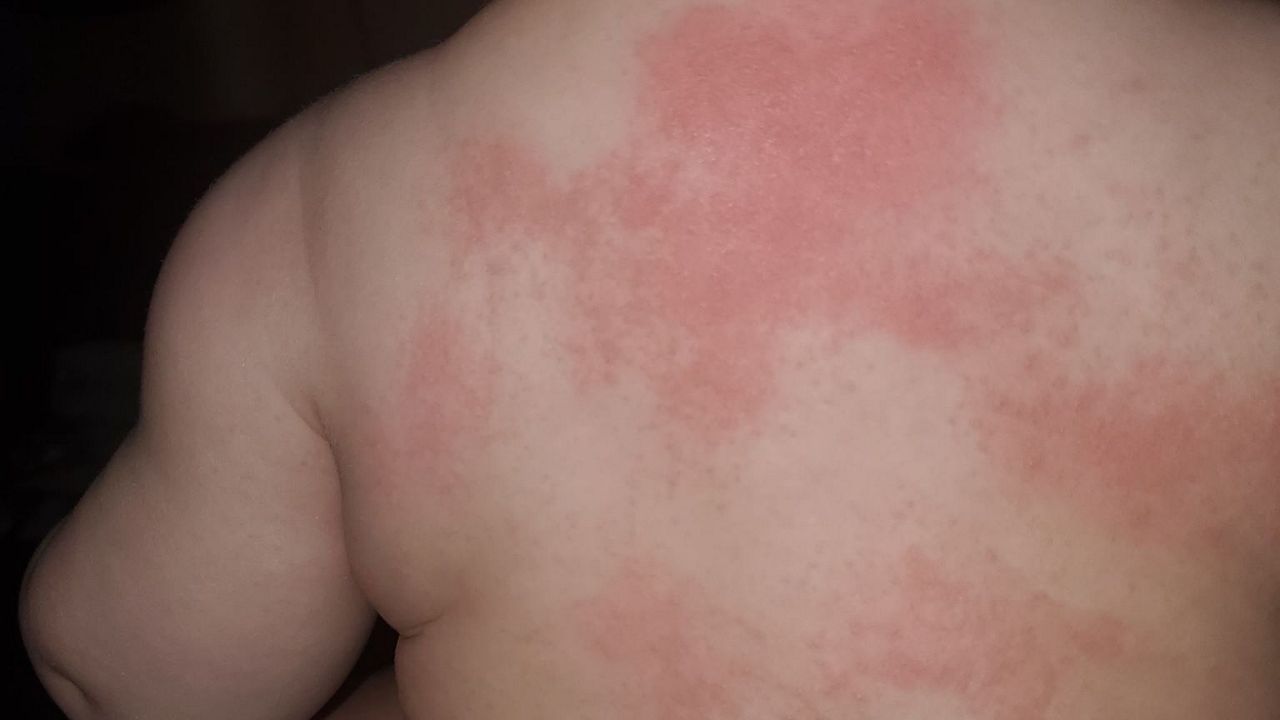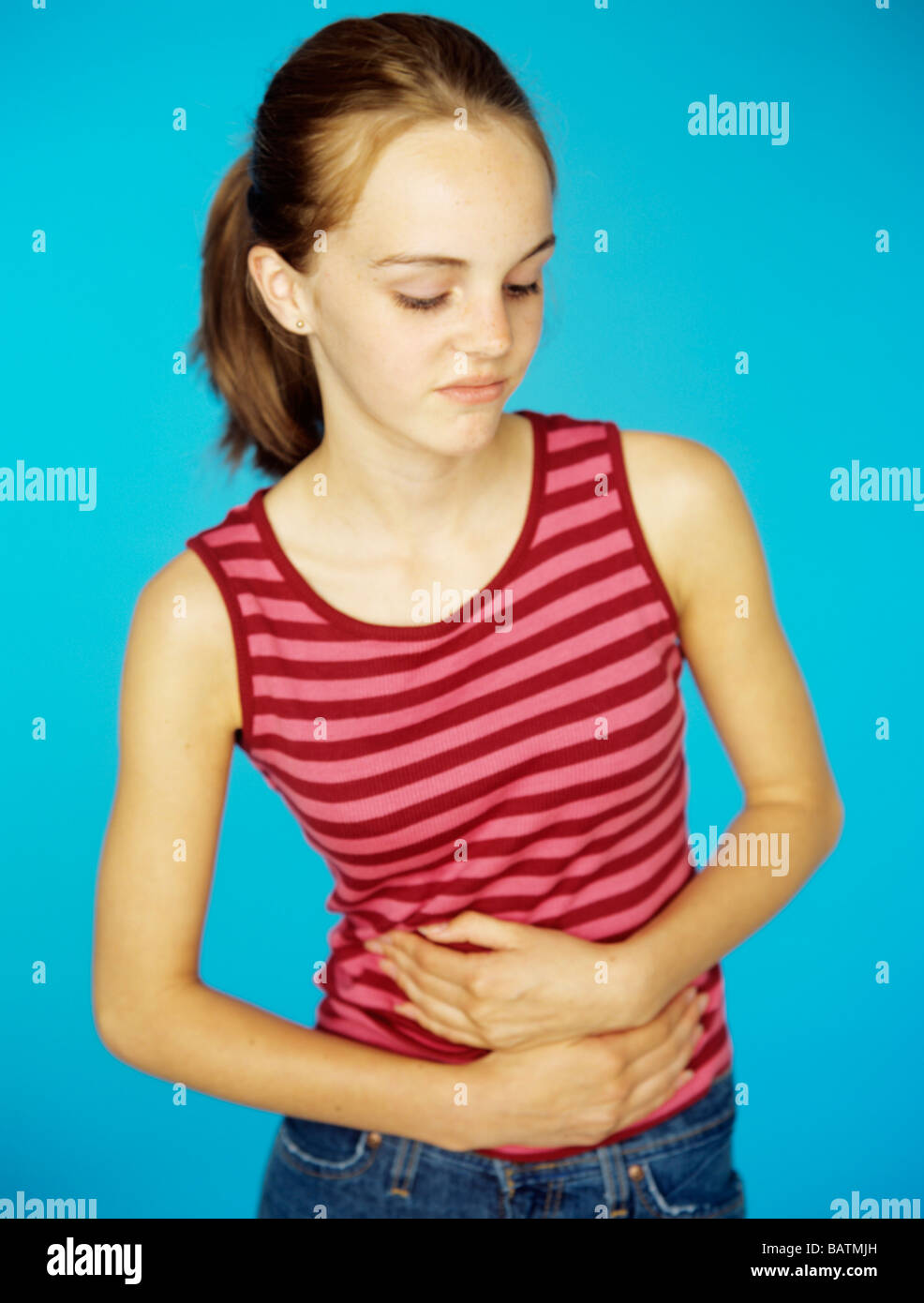
Hand, foot, and mouth disease ( HFMD) is a common childhood illness. Kids should avoid school and limit contact with other people while the rash is present. It’s important to cover the rash throughout treatment. School/day care: Impetigo is very contagious.
#PINPOINT RASH ON 9 YEAR OLD ABDOMEN SKIN#
If the skin around the rash looks hot, painful, and swollen - or if your child has a fever - then it could be a sign the infection is spreading into the tissues.ĭuration: With antibiotic treatment, impetigo can heal in about 10 days. Other symptoms: The rash can feel itchy and painful. But it can appear anywhere there’s a cut or scratch on the skin. In about ⅓ of cases, the blisters may be larger and deeper in the skin.īody part: Impetigo can often affect any part of your skin, but it usually happens on exposed areas - like the skin around the nose and mouth, or on the arms, legs, hands, and diaper area. When the blisters burst, they leak a yellow fluid that dries into a golden or “honey-colored” crust. Rash: Impetigo rash is typically made up of tiny blisters. Impetigo spreads very easily from skin-to-skin contact with infected skin (even in the same person) or contact with infected personal items. It usually goes away with antibiotic cream.Ĭause: Most cases are caused by common bacteria - Staphylococcus aureus or Streptococcus pyogenes (also called group A streptococcus). Mild cases may go away on their own, but most children will need treatment with antibiotic creams or pills. Impetigo is a common and very contagious skin infection. When the fever is gone, and the rash starts, your child is no longer contagious and can go to school. School/day care: Roseola is contagious during the time of the fever. The child usually feels OK but may have cold-like symptoms.ĭuration: The fever can last up to a week, and the rash can last up to a few days. Other symptoms: Children can have a high fever (102☏ or more) that can last for up to a week. The rash usually starts several days after the fever has gone away.īody part: The rash usually starts on the body’s core (like stomach or back) and can spread to the arms and legs. In darker skin, the spots may be more brown or purple and can be harder to see. Rash: In lighter skin, the rash causes small, pink or light-red spots or bumps. It usually goes away on its own and doesn’t cause any problems.Ĭause: Two viruses cause it - human herpesviruses (HHV) type 6 and type 7. It first causes a high fever and then a skin rash. Roseola is a virus that’s more common in younger children (under 2 years old). This instagram account is a great resource for recognizing rashes in non-white skin.


In darker skin, the same rash may appear purple or brown. For example, in lighter skin, a rash can look pink or red.

Remember that rashes look different on different skin colors. Then we’ll discuss other types of rashes that aren’t related to infection. We’ll start by reviewing rashes that different infections cause (like viruses or bacteria). Here we’ll cover some of the most common causes of a new rash in children. Trust your instincts - you know your child, and even though you may not be able to diagnose the rash, you know if your child is well or not. If they don’t, that’s helpful information for your pediatrician. Though they may seem scary, most rashes get better without much help. There are a lot of different types, they are super common, and they can look different from child to child. Rashes and children go together like sunburn and early summer.


 0 kommentar(er)
0 kommentar(er)
